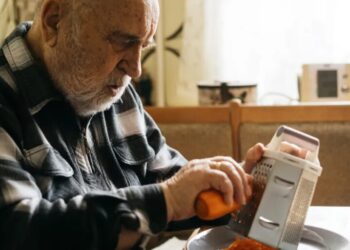Is Rams’ Chris Shula the next branch on the Sean McVay coaching tree?
His late grandfather is the all-time leader in NFL coaching victories. His father was an NFL head coach. So, yes,...
‘Sociopathic’: Fury as Kenosha shooter floats paying Minneapolis a visit amid ICE protest
The right-wing figure Kyle Rittenhouse, known for killing two men during unrest in 2020, sparked backlash Wednesday as he floated...
Fox News Shatters ICE Barbie’s Spin on Deadly Shooting
Fox News anchor John Roberts appeared skeptical of part of Kristi Noem’s statement about an Immigration and Customs Enforcement officer...
UCLA lands a top transfer in James Madison running back Wayne Knight
UCLA has landed a transfer who could hasten Bob Chesney’s rebuilding efforts. Wayne Knight verbally committed to following Chesney from...
Ray J reportedly admitted to hospital with severe case of pneumonia, following serious bout in 2021
Ray J has reportedly been hospitalized in Las Vegas as he battles a “severe” case of pneumonia. A source close...
Trump admin’s story on deadly ICE shooting unravels as police chief kneecaps key claim
Minneapolis police chief Brian O’Hara undercut a key claim that President Donald Trump’s administration has been making to justify the...
The Golden Globes are back — but don’t count on the golden age of Hollywood making a return
Let’s return to Golden era Sunday. The 83rd Golden Globe Awards. On CBS if you can recall that. Or whatever’s...
Brett Favre denies he has ‘given up hope’ in Parkinson’s battle. ‘I am fighting till the end’
Hall of Fame quarterback Brett Favre said Wednesday that anyone who says he has thrown in the towel on his...
Trump Proposes Huge Increase in Military Spending
President Trump proposed on Wednesday increasing military spending next year by more than half, raising the defense budget in 2027...
More Americans will die than be born in 2030, CBO predicts—leaving immigrants as the only source of population growth
For the first time in modern history, the United States is on the brink of losing its most basic engine...














